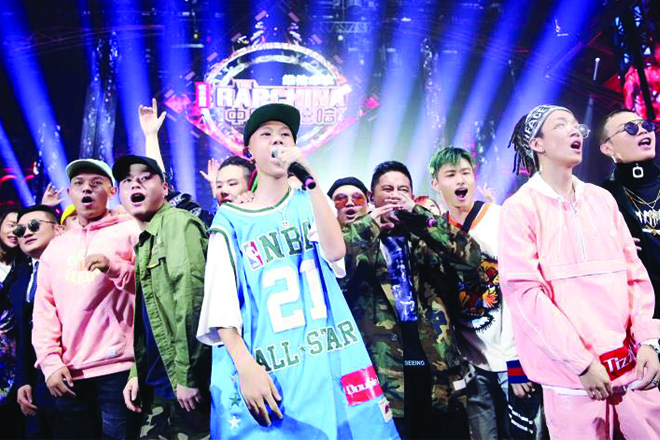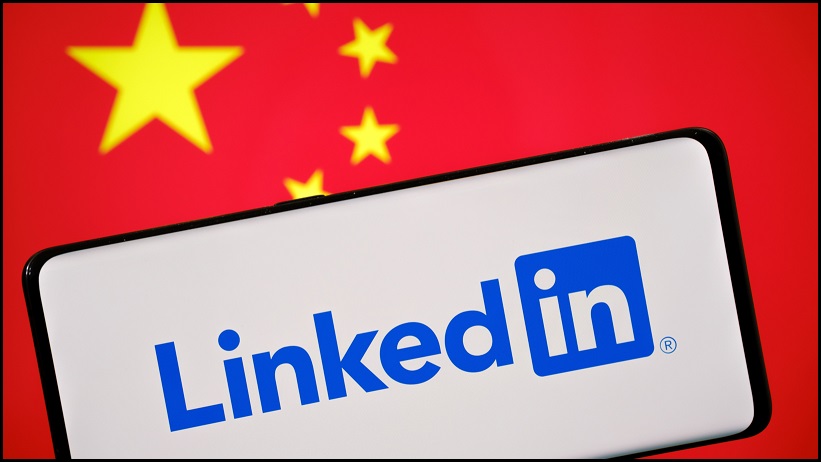China Digital Marketing Trends 2025: Innovations, AI Dominance, and Cultural Synergy
The digital marketing landscape in China continues to evolve at a breakneck pace, driven by technological advancements, shifting consumer behaviors, and policy reforms. Below is an updated analysis of key trends shaping the industry in 2025, synthesizing insights from recent conferences, expos, and expert forecasts.

1. AI-Driven Marketing: From Localization to Hyper-Personalization
AI remains the cornerstone of digital marketing innovation. At the 2025 Digital Creative Conference, industry leaders emphasized AI’s role in gaming and cultural exports, where tools like generative AI enhance localized content creation and community management. For instance, Three Kingdoms Heroes: Overlord’s Legacy leveraged AI to adapt narratives for global audiences while embedding Chinese cultural elements, boosting engagement in Southeast Asia and Latin America.
Content Production: Over 64% of marketers now use AI for tasks like drafting copy and optimizing campaigns, saving ~3 hours per project. Tools like ChatGPT and Google Gemini streamline ideation and multilingual adaptation.
Analytics & Personalization: AI-powered analytics predict consumer behavior with 94% accuracy, enabling hyper-targeted ads. Platforms like Netflix and IBM Watson exemplify this through personalized recommendations and predictive trend analysis.
Chatbots: AI chatbots, adopted by 58% of marketers, now handle complex queries while maintaining a humanized tone to preserve authenticity—a critical balance in 2025.
2. Short-Form Video & UGC: Capturing Gen Z’s Attention
Short-form video platforms (e.g., Douyin, TikTok) dominate social strategies, with 53% of marketers increasing investments in 2025. These platforms thrive on user-generated content (UGC), which 82% of consumers find more trustworthy than branded ads.
Case Study: Black Myth: Wukong’s overseas success relied on UGC-driven campaigns and offline events to convert global users, emphasizing cultural immersion.
Absurdist Humor: Brands like Teletubbies HQ tap into Gen Z’s preference for “unhinged” viral content, blending humor with AI-generated absurdity to spark organic shares.
3. Cultural Integration & Localization
China’s gaming and entertainment sectors are pioneering cultural exports. The Ne Zha 2 animated film showcased AI-rendered visuals from Shenzhen’s Supercore VFX, merging traditional myths with cutting-edge tech to resonate globally. Similarly, gaming companies adopt deep localization strategies, adapting classics like Three Kingdoms for regional preferences while using AI to optimize in-game narratives.

4. Unexpected Collaborations & Community Building
Brands are forging unconventional partnerships to amplify reach. Examples include skincare brand Cerave collaborating with actor Michael Cera and e.l.f Cosmetics teaming with Liquid Death for viral coffin-shaped makeup kits. Such collaborations drive 36% higher engagement by overlapping niche audiences.
Community Trust: Offline events and online communities (e.g., Mindshare’s interactive forums for Black Myth: Wukong) foster loyalty, with 82% of consumers more likely to buy from brands with engaged communities.
5. Ethical Marketing & Data Privacy
As AI adoption grows, ethical concerns around data security and authenticity intensify.
Authenticity: 71% of marketers struggle to balance AI efficiency with human connection, prompting brands to audit AI-generated content for cultural sensitivity.
Regulations: China’s 2024 policies on data collection (e.g., phasing out third-party cookies) push marketers toward first-party data strategies, prioritizing transparency.

6. Emerging Technologies: Humanoid Robots & AI Expo Trends
The CITE 2025 Expo in Shenzhen highlighted AI’s expanding role, with humanoid robots demonstrating tasks like cooking and customer service. Companies like Huawei and MediaTek showcased AI chips and real-time rendering tools, signaling marketing’s shift toward immersive, interactive experiences.
7. The Future of Business Social Platforms
Following LinkedIn’s exit, platforms like WeChat Work are bridging enterprise collaboration and external networking. Features like multi-channel content switching (video to audio) cater to hybrid work trends, while privacy-focused designs align with Gen Z’s public-private boundaries.
Conclusion
In 2025, China’s digital marketing ecosystem thrives on AI innovation, cultural storytelling, and ethical agility. Brands that embrace hyper-personalization, absurdist creativity, and community-driven strategies will lead in a landscape where technology and tradition intersect.
